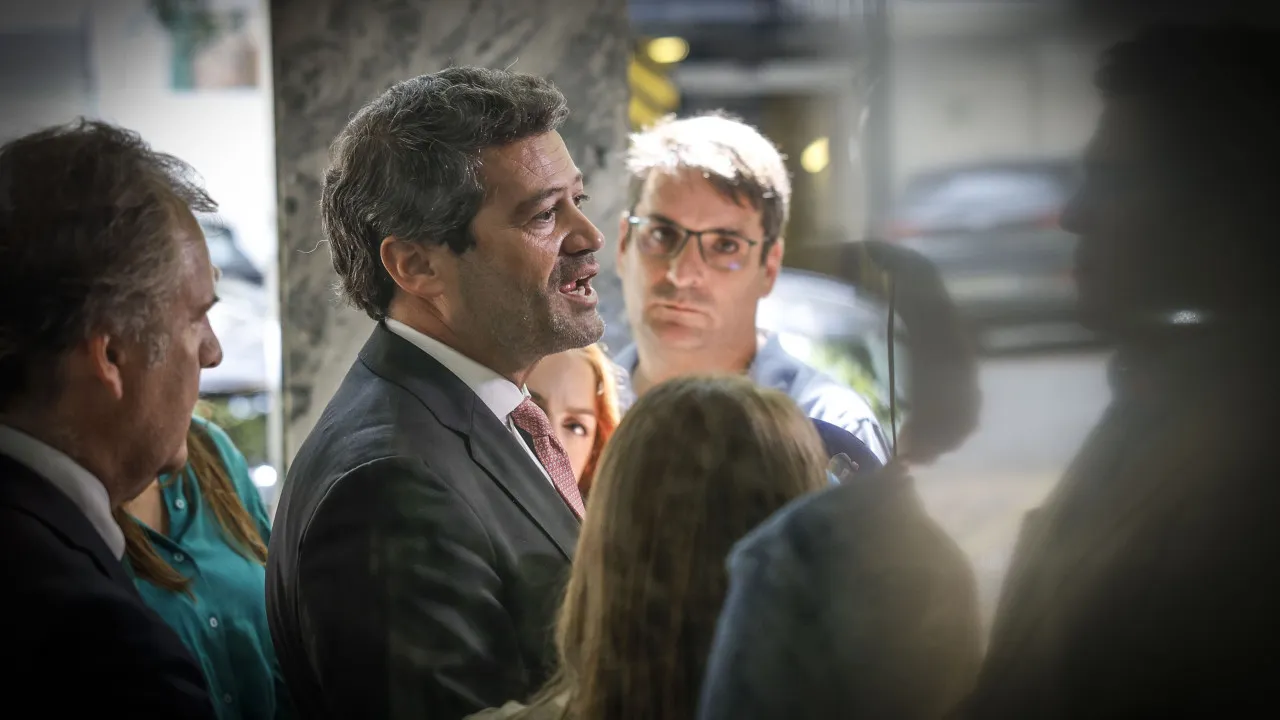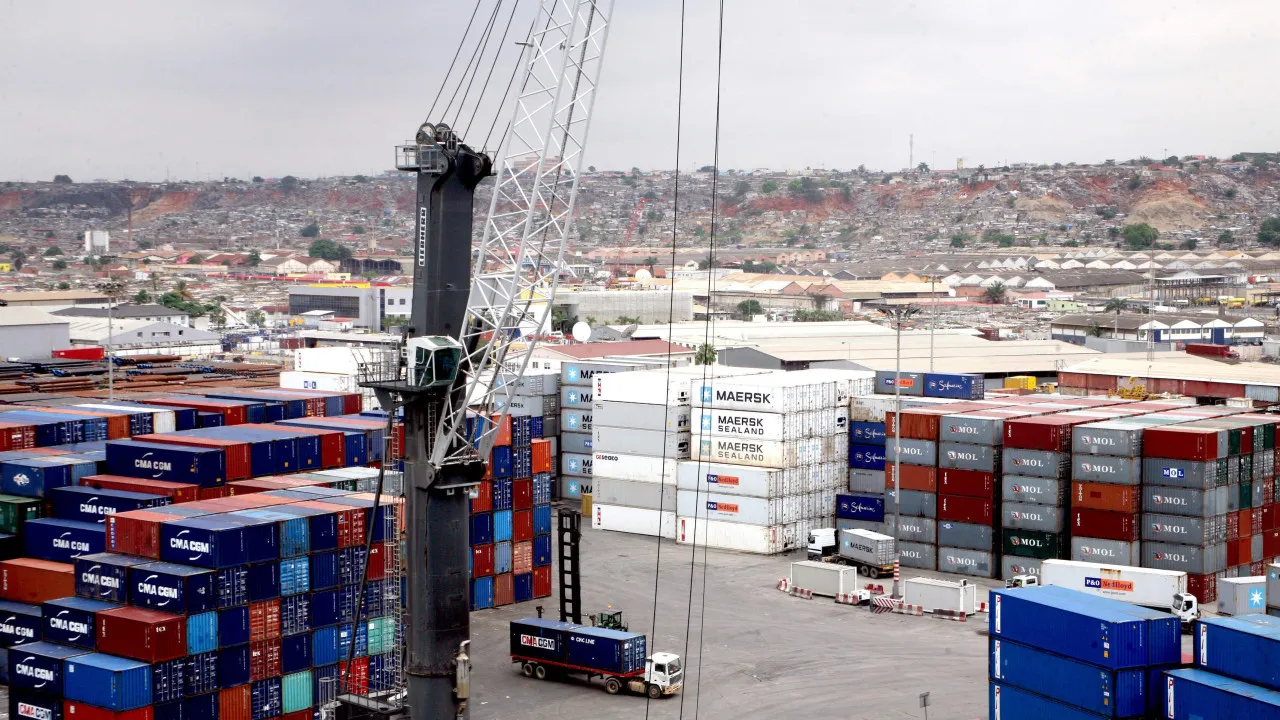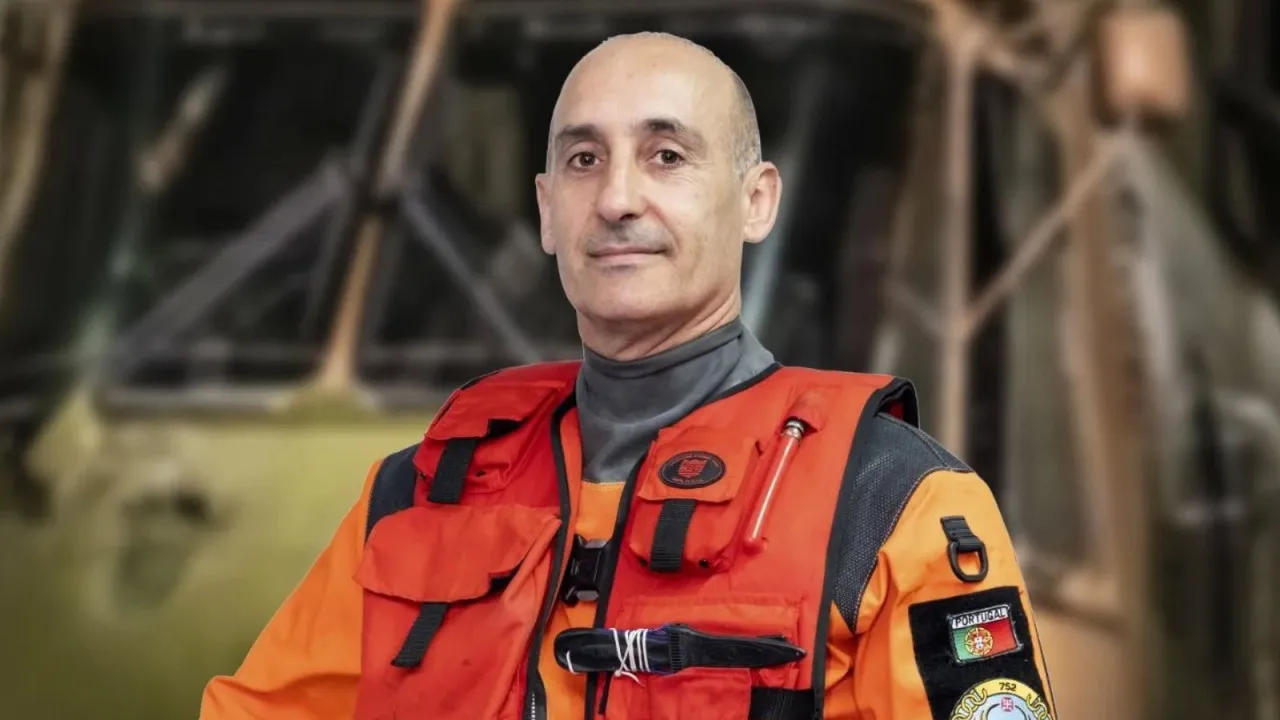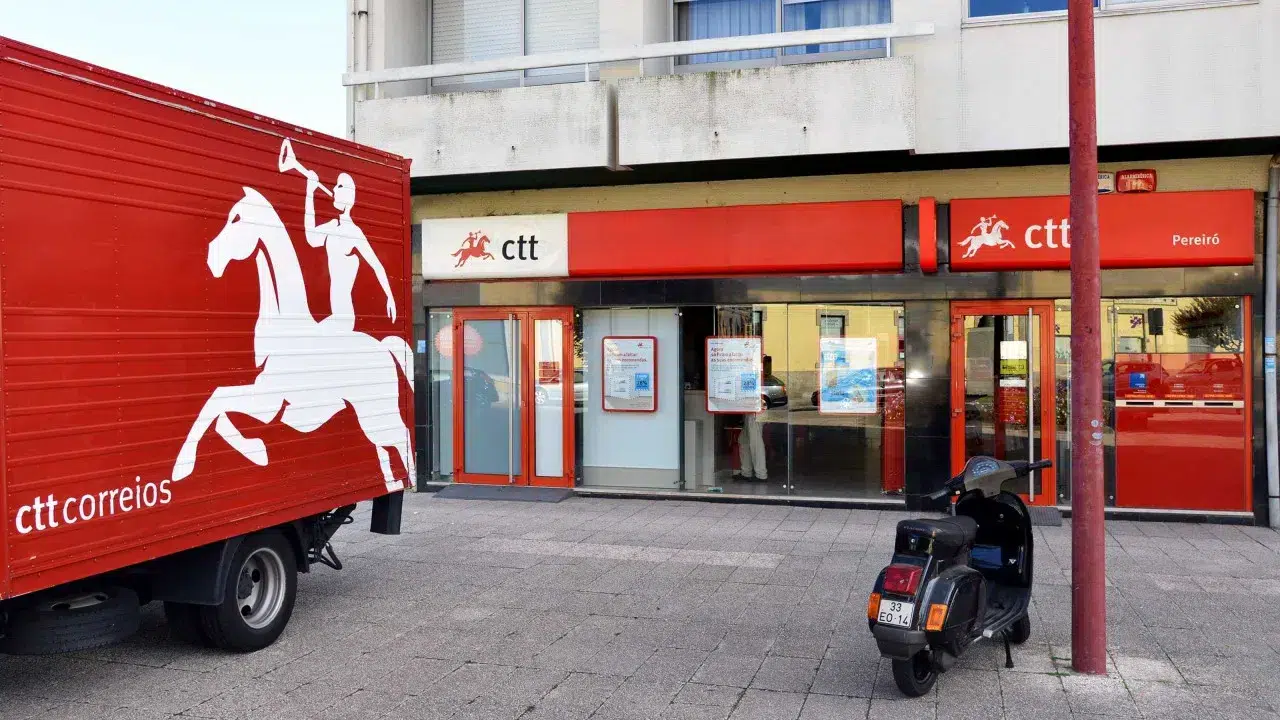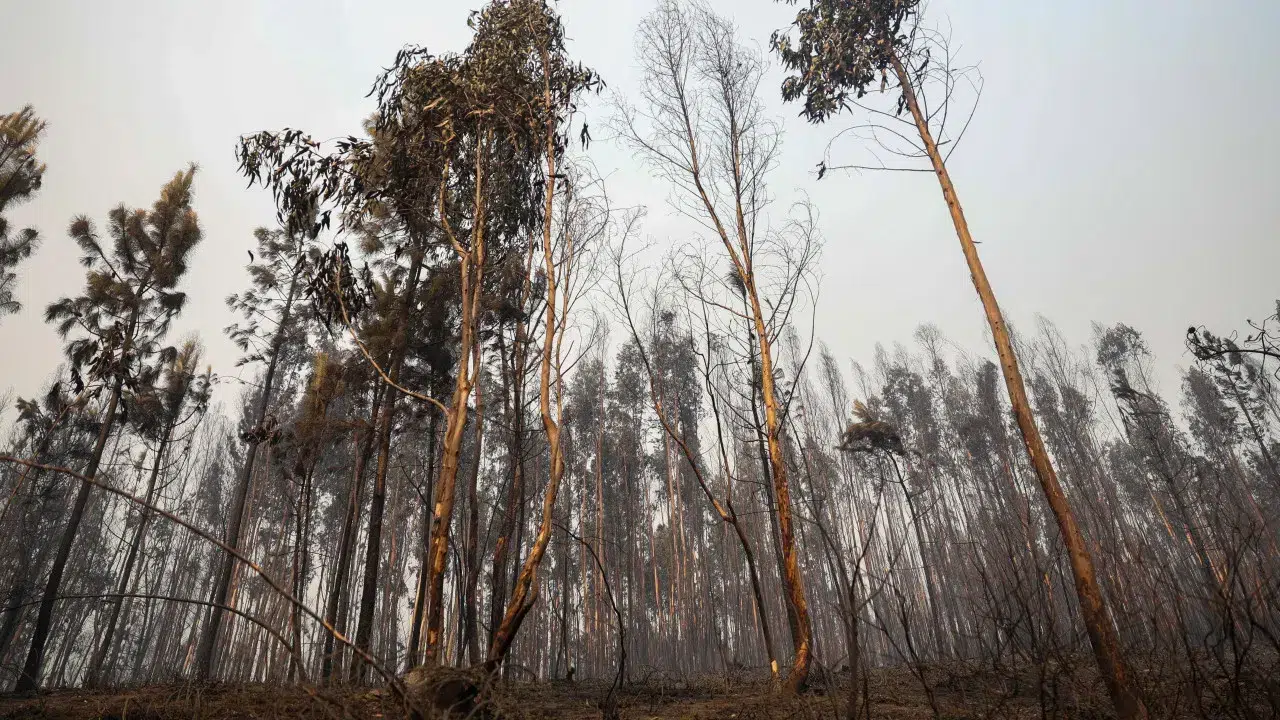
As one arrives in Cerdeira, the lush greenery surrounding the small schist village, perched on a steep slope, stands out amidst the aftermath of a fire that began on the 14th and consumed 3,500 hectares in the Serra da Lousã.
A curtain of deciduous trees—mainly oaks—encircles the village, which was once uninhabited but found new life in the late 1980s when Kerstin Thomas and her then-partner, Bernard Langer, settled there.
Much of this deciduous forest, especially at the base of the slope, belongs to António Carlos Andrade, who settled here in 2001 after choosing to change his life and abandon his classical guitar studies at the conservatory.
On the day the fire approached, António Carlos stayed in Cerdeira until nearly midnight, preparing his home and the land where he grows aromatic plants for potential flames.
By the time he left the schist village, the fire was already descending a slope visible from the village.
The blaze reportedly intensified through an abandoned pine forest area but ultimately halted at the base of the village slope.
During his absence, he received reports that everything had burned, but upon his return, seeing the almost intact curtain of deciduous trees did not surprise him.
At the base, near a stream, the forest tended by António Carlos Andrade over 24 years seemingly acted as a barrier. In some areas, far from homes and difficult for firefighters to access, the flames appeared to extinguish themselves in a region of mature oaks.
“It should have come with a lot of force, but then, when it entered here, it was the initial impact,” explains the resident.
However, for António Carlos, the fire blockade is not only due to the oaks but also to human intervention.
When he arrived, despite many trees already being there, the land was marked by heather, broom, and brambles, which made even the oak-laden areas prone to fire risk.
Over more than two decades, he purchased land and undertook laborious work, both under the sun and rain. More than just planting, he cared for existing and spontaneously emerging vegetation on these lands, removing tall and dense underbrush—so dense that navigating the terrain required using boar trails.
“Have you ever seen brooms seven meters tall? I hadn’t. I even measured it to confirm,” shares the resident of Cerdeira.
Throughout the forest, António Carlos Andrade points to different spots on the land, recalling the use of brushcutter, chainsaw, or shredder—he remembers the sweat, hail days, and rain.
He regrets not having taken photos of the previous state, but time was scarce—”even for eating.”
The forest visible here, managed and composed of deciduous trees, stands in stark contrast to the surrounding hills, dominated by unmanaged pine and eucalyptus forests.
“You can immediately feel the temperature difference, right?” he remarks, highlighting the cooling effect of the deciduous canopy’s shade.
Nonetheless, he laments the loss of a recently planted plot, with sponsored trees, on the way to Candal, where everything burned.
“It looks like the Moon over there. It was all, all, completely wiped out,” he lamented.
When asked about the impact the deciduous curtain might have had on the fire that reached the area, António Carlos Andrade refrains from giving a direct answer, suggesting only an exercise: “Observe.”
Despite having some plots affected, the Cerdeira resident views this merely as a setback.
“Life has many setbacks,” he comments.

